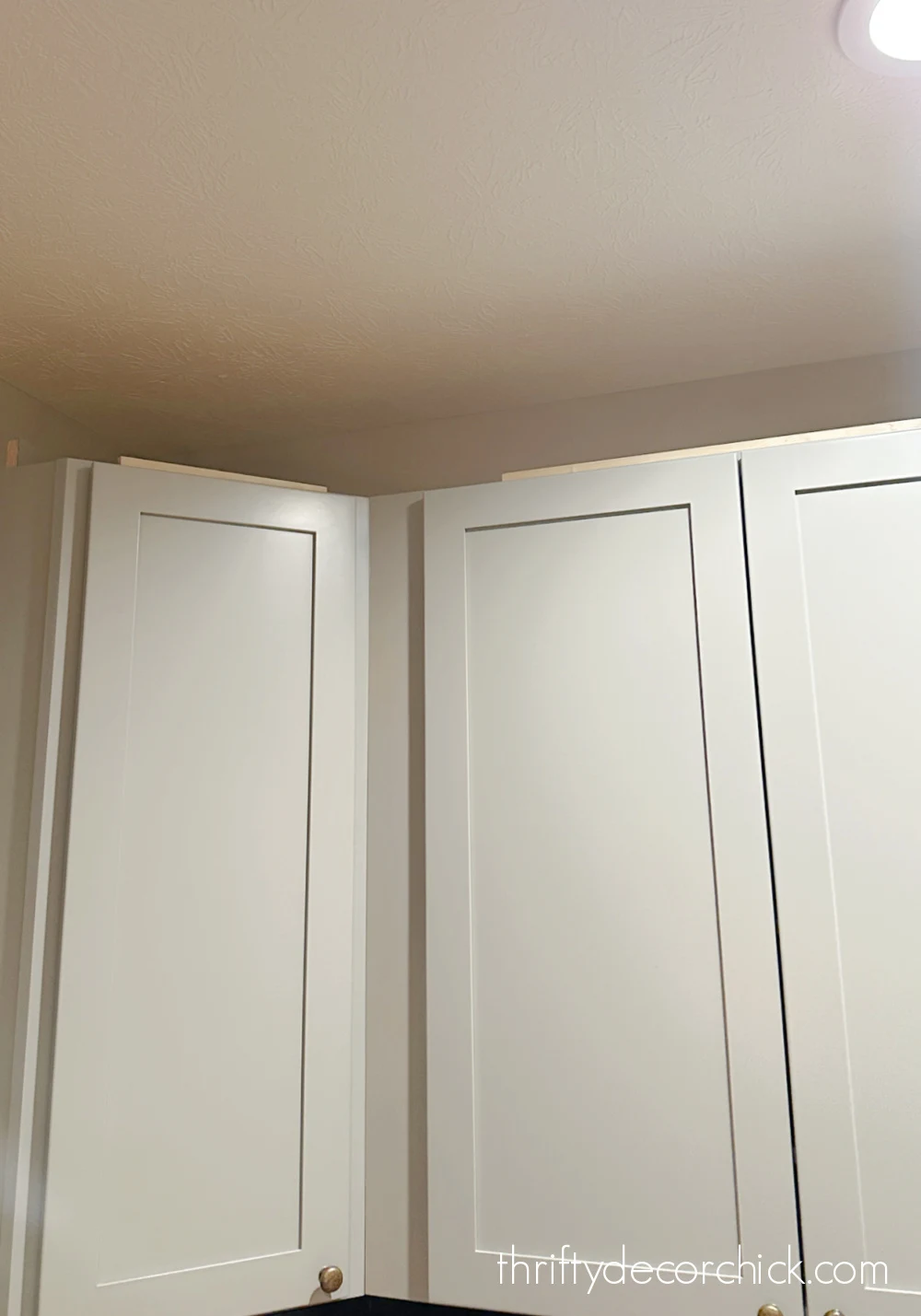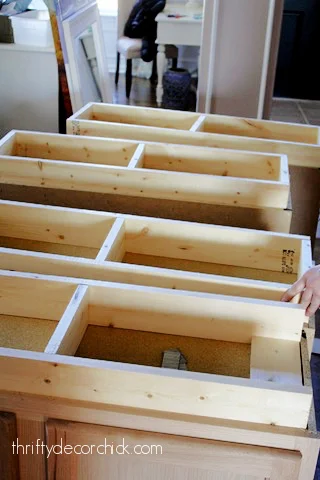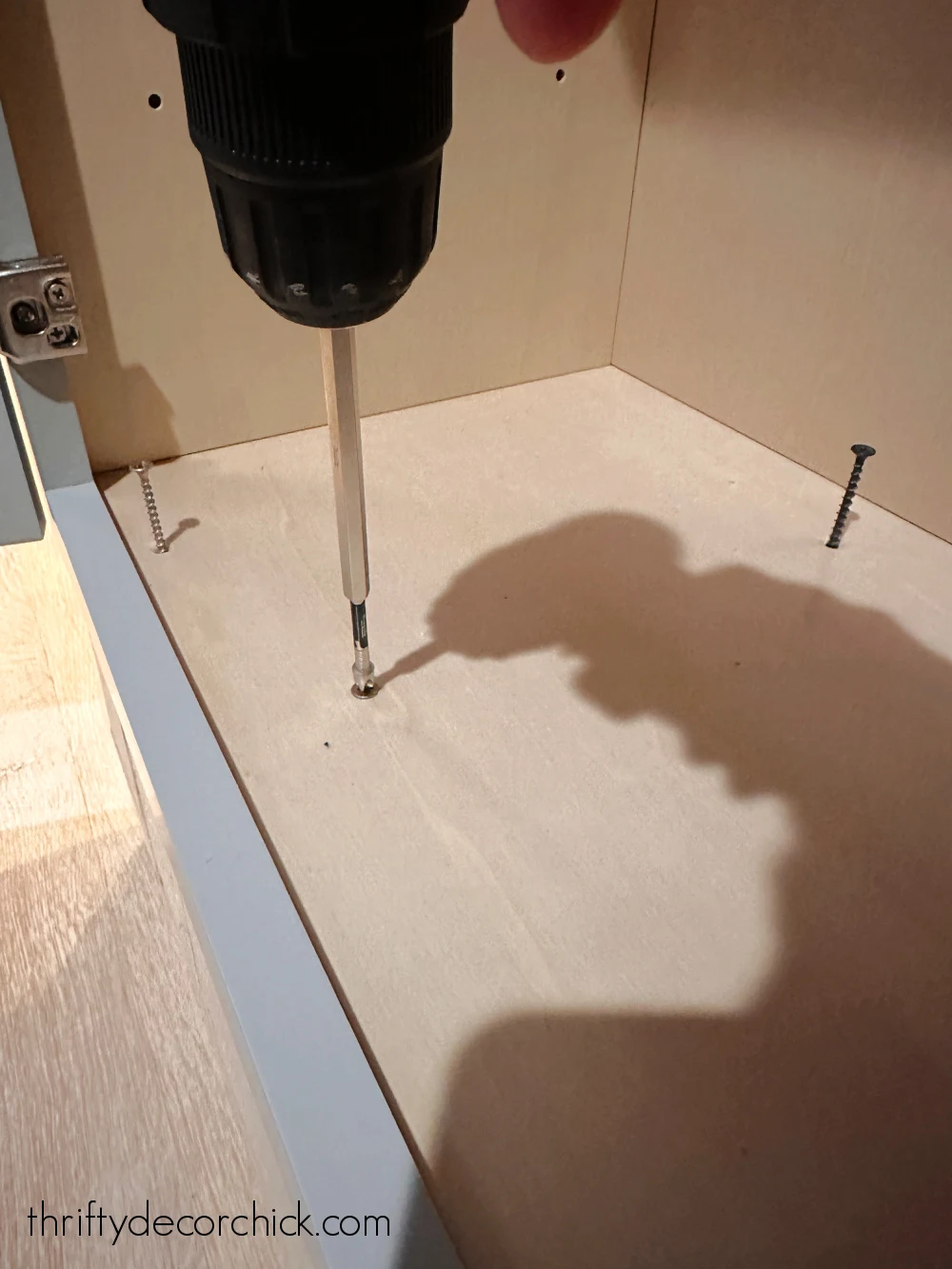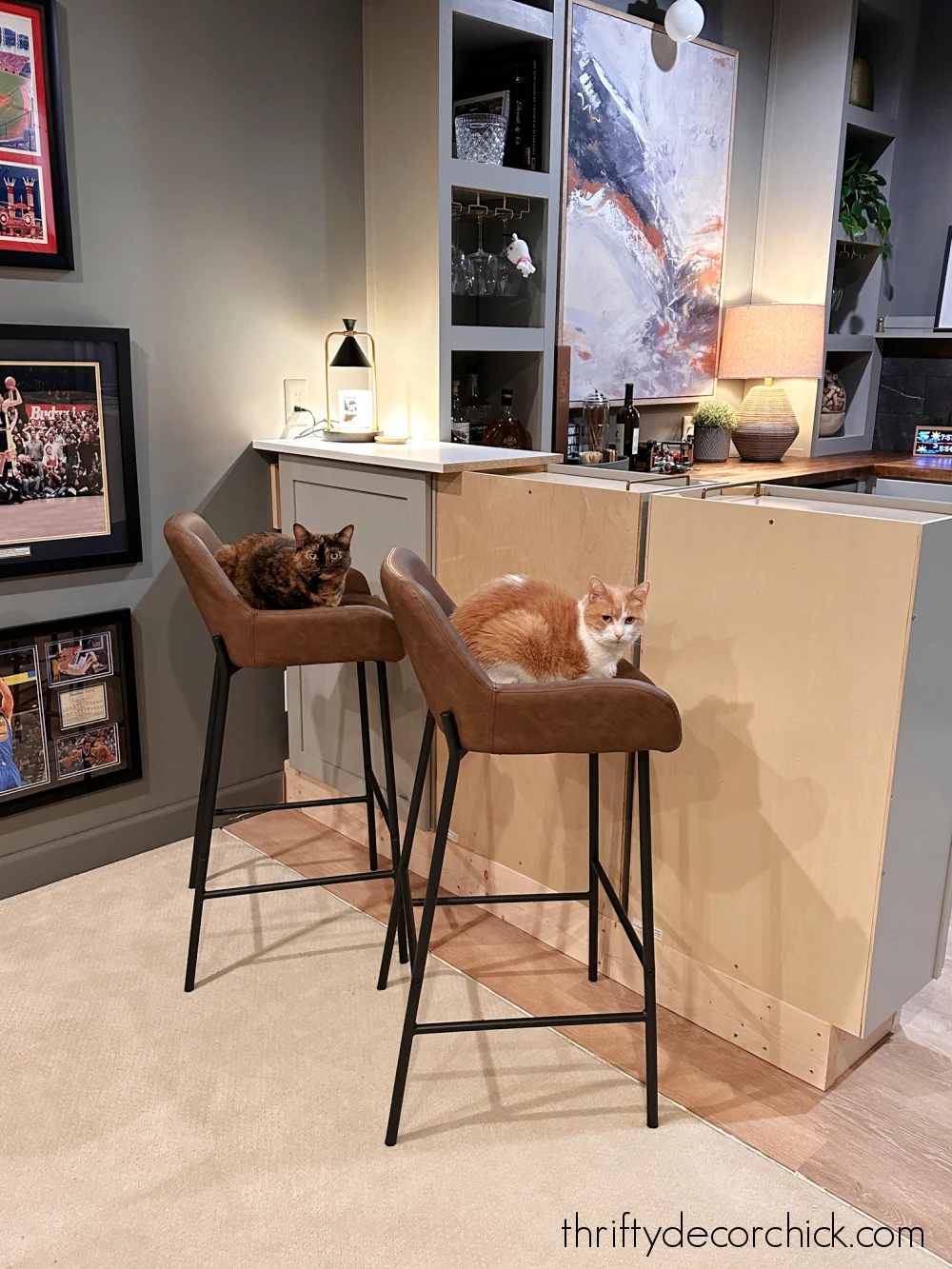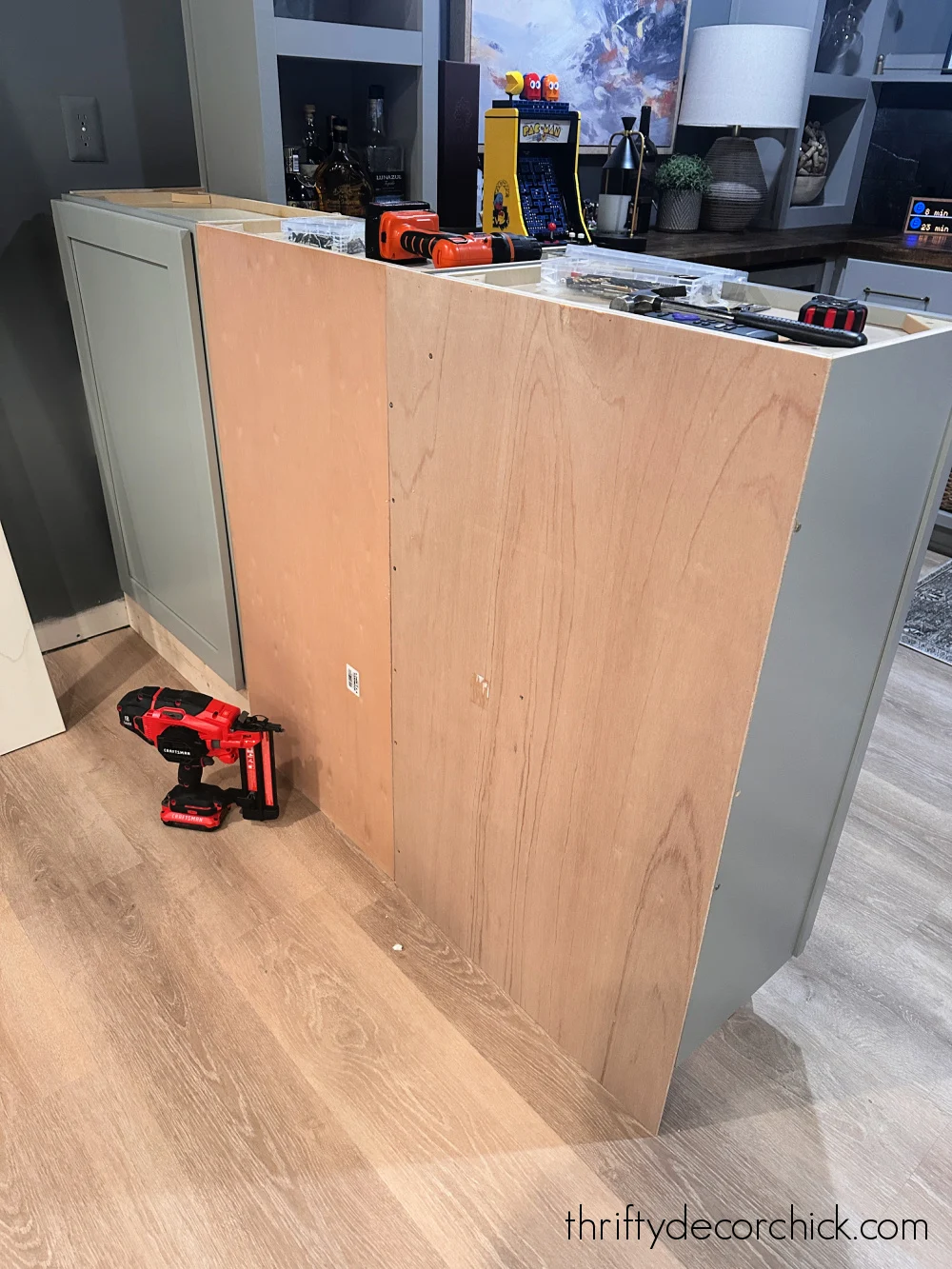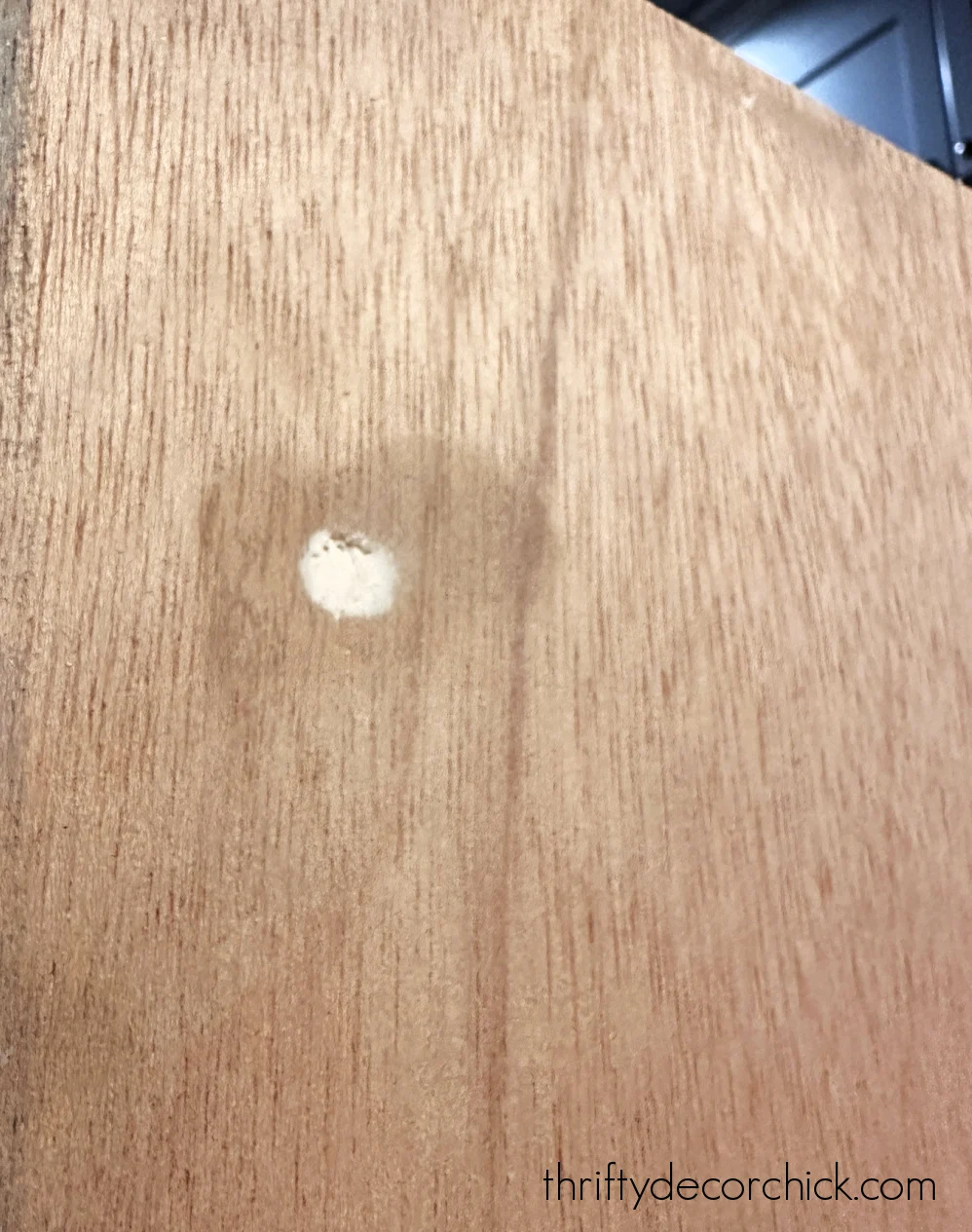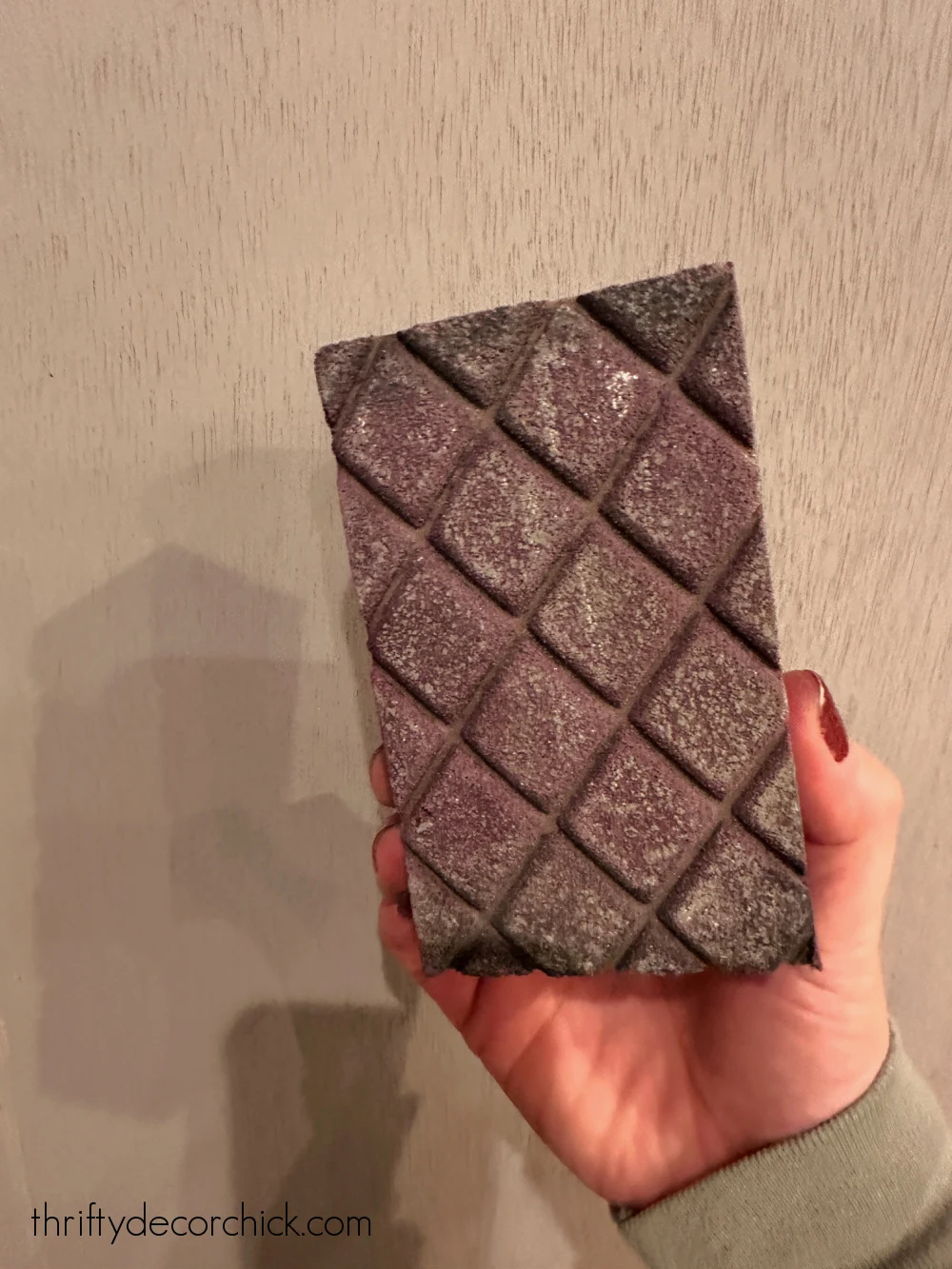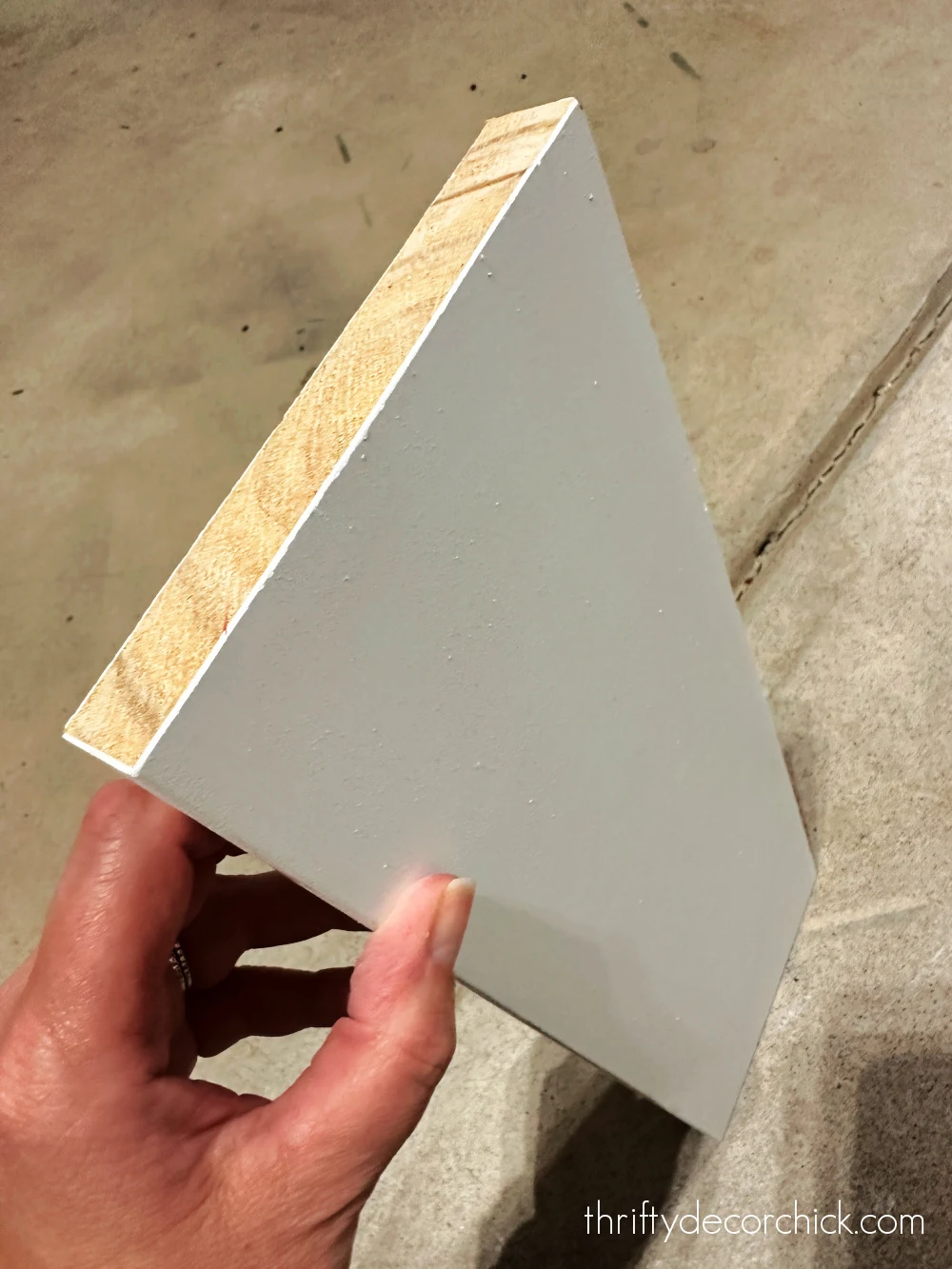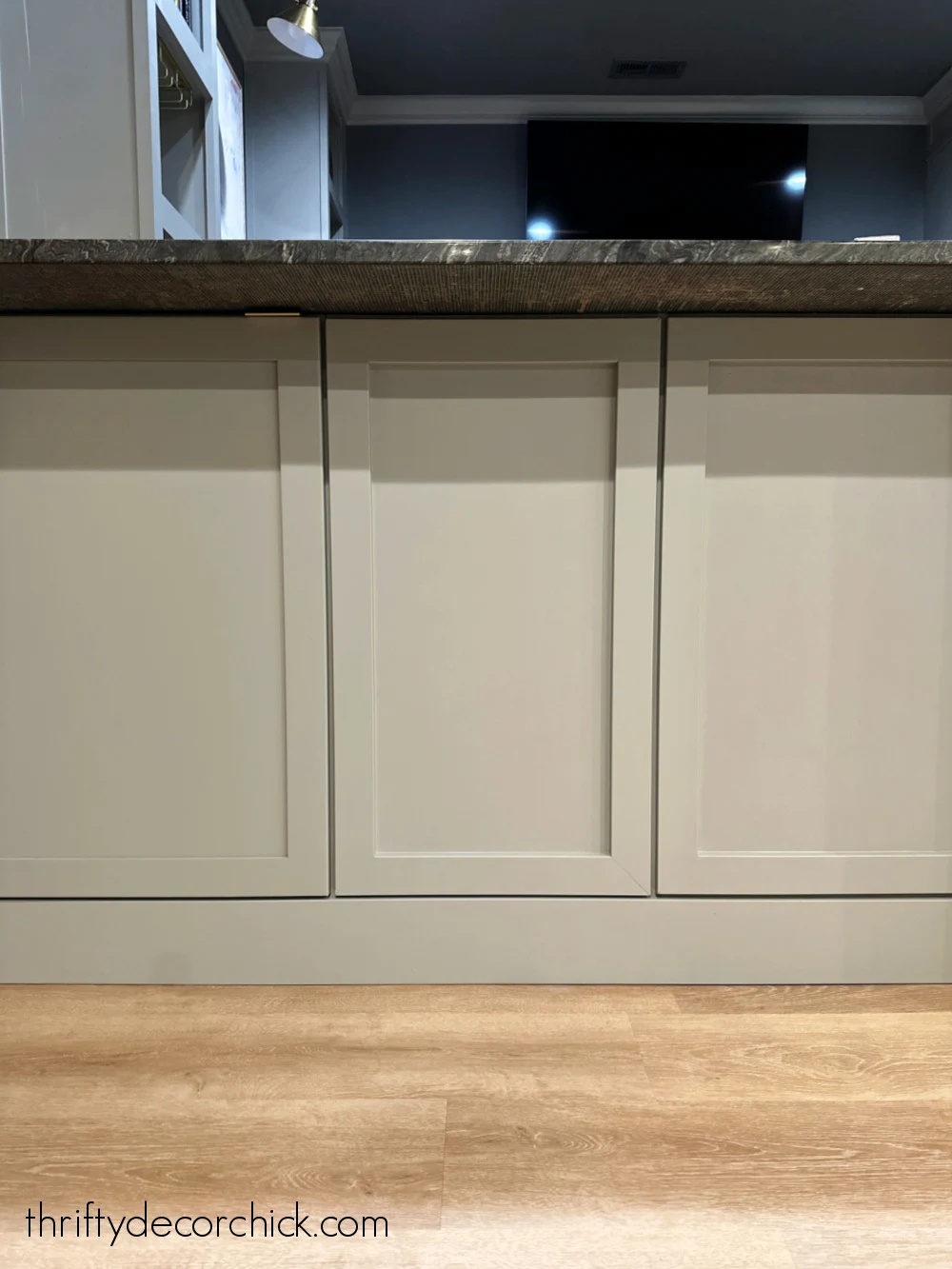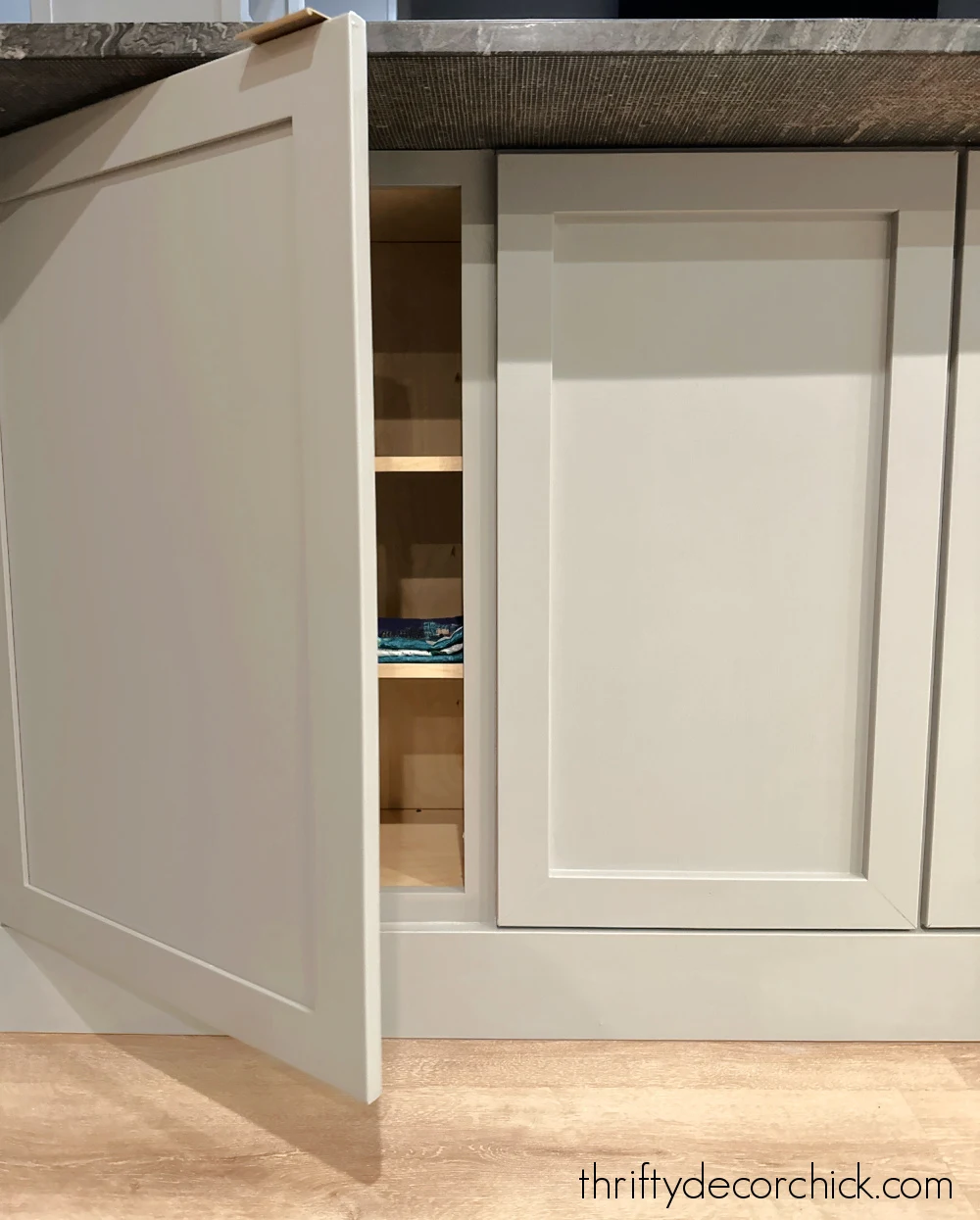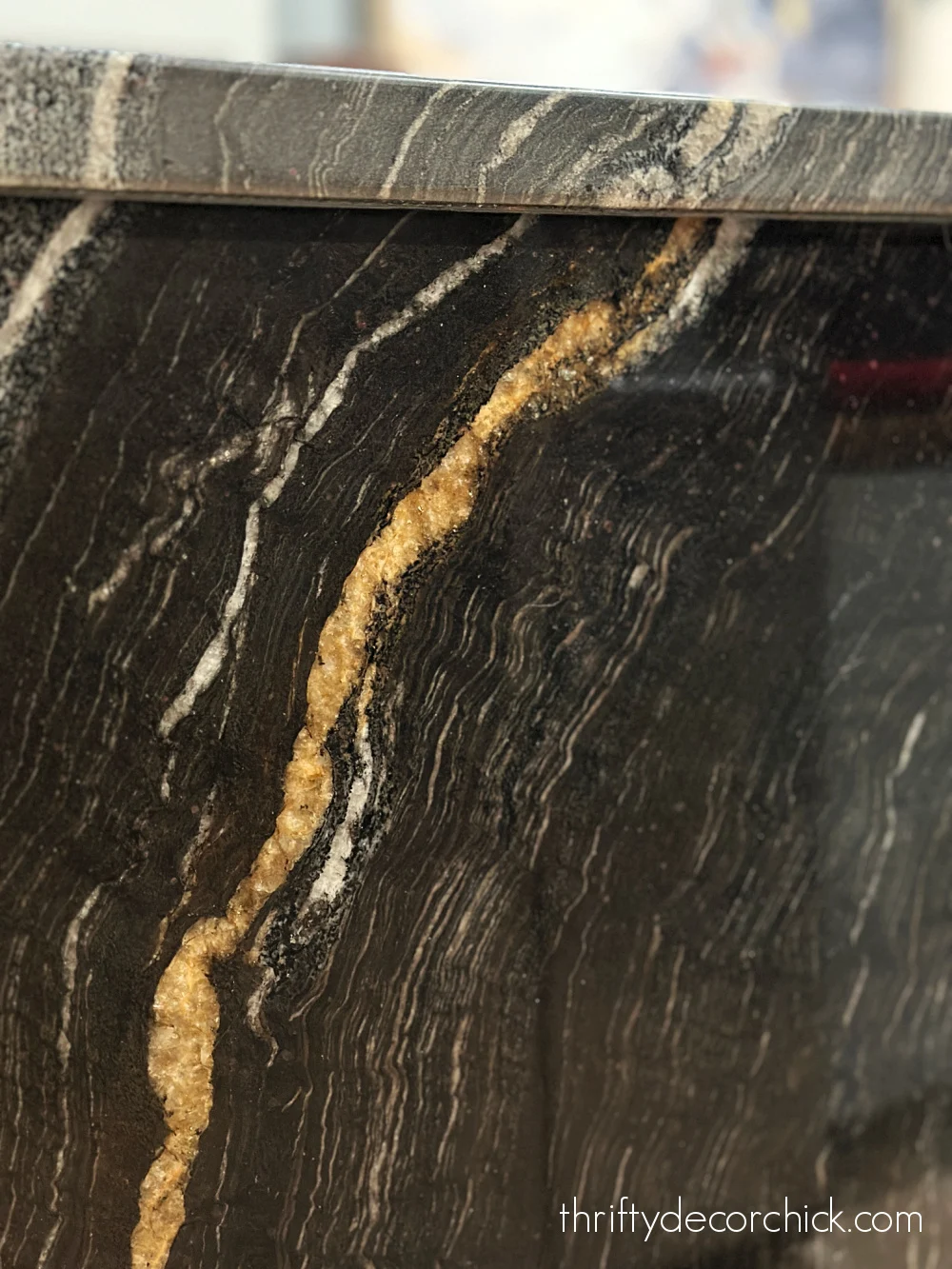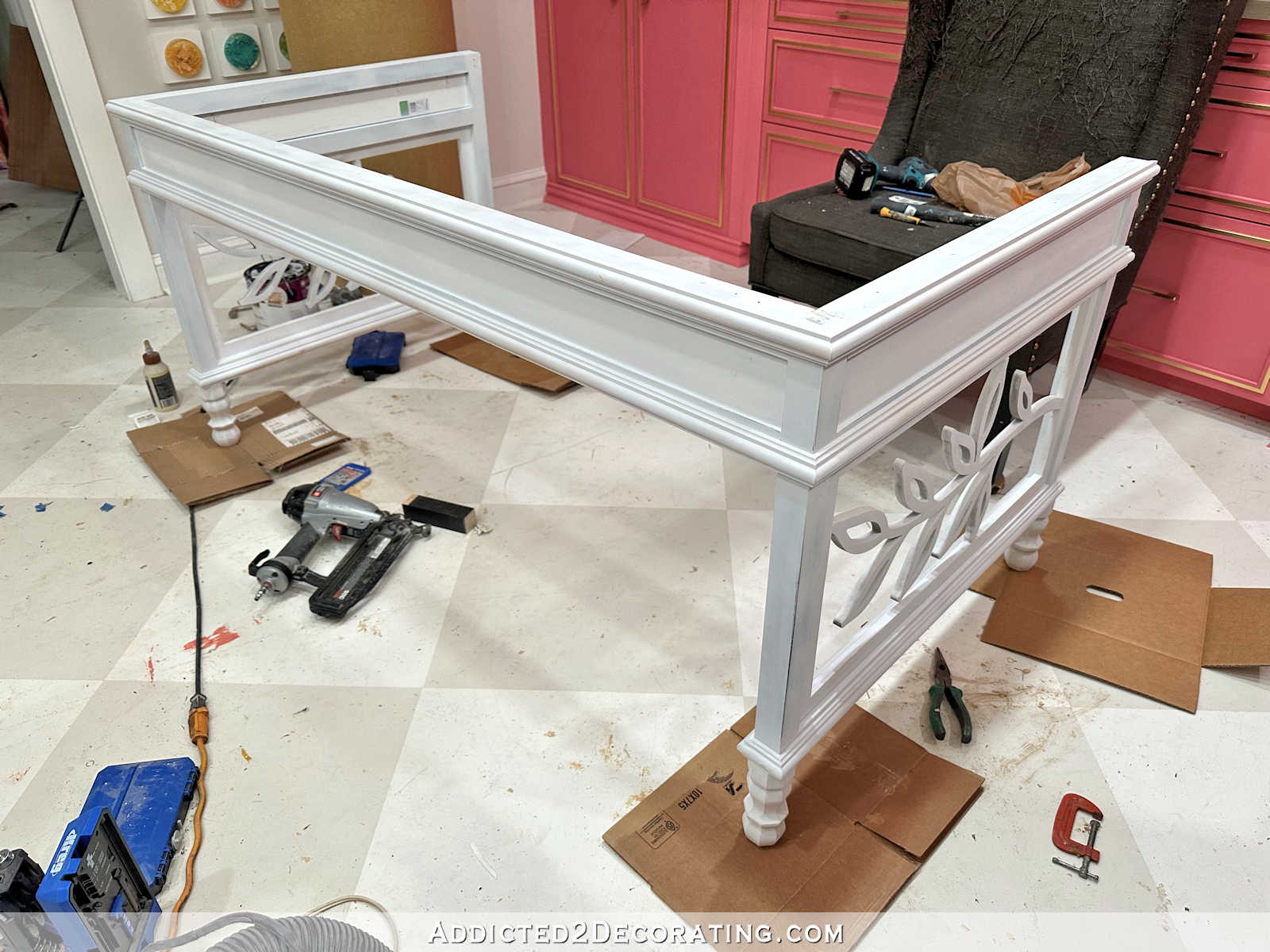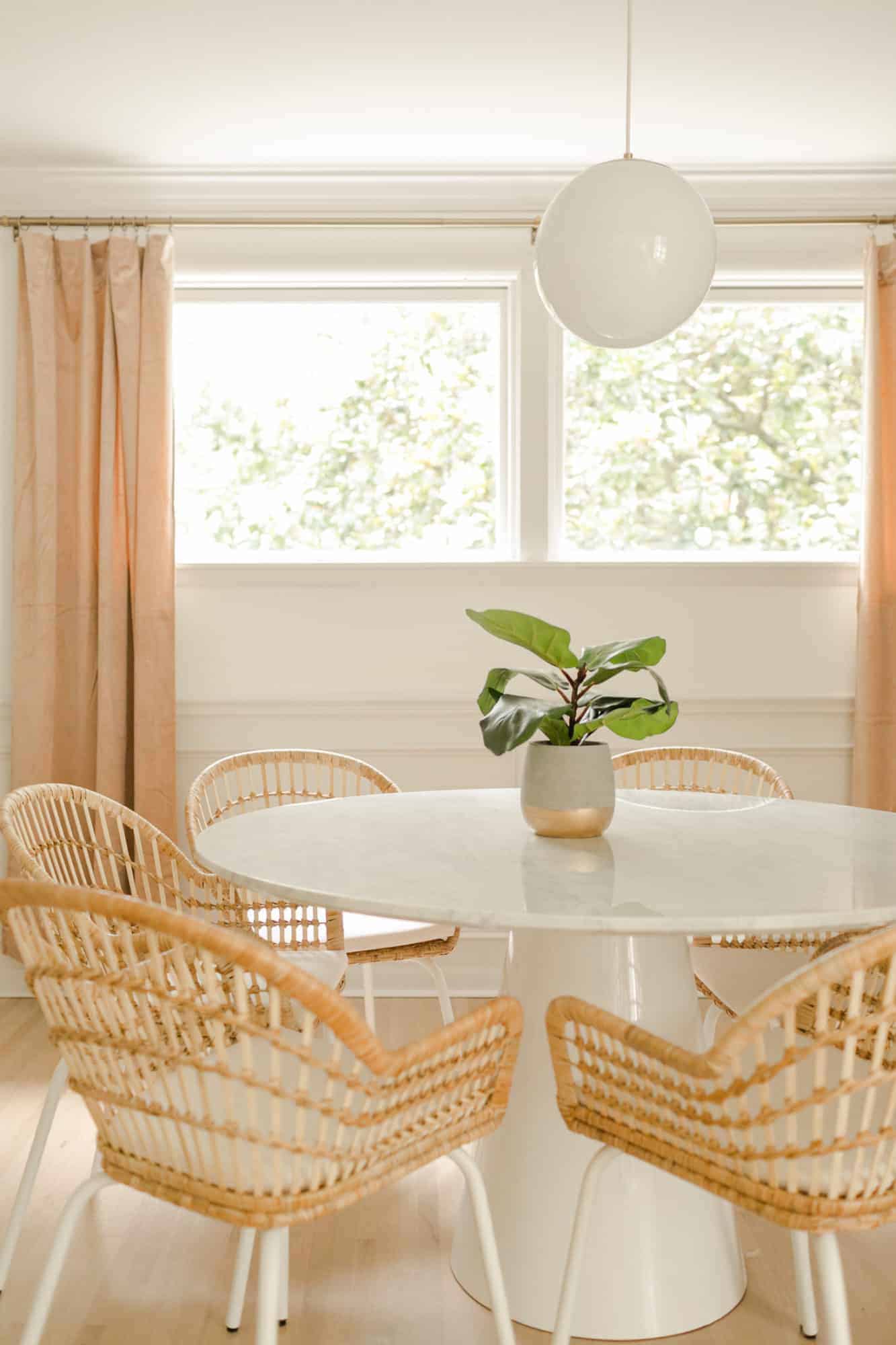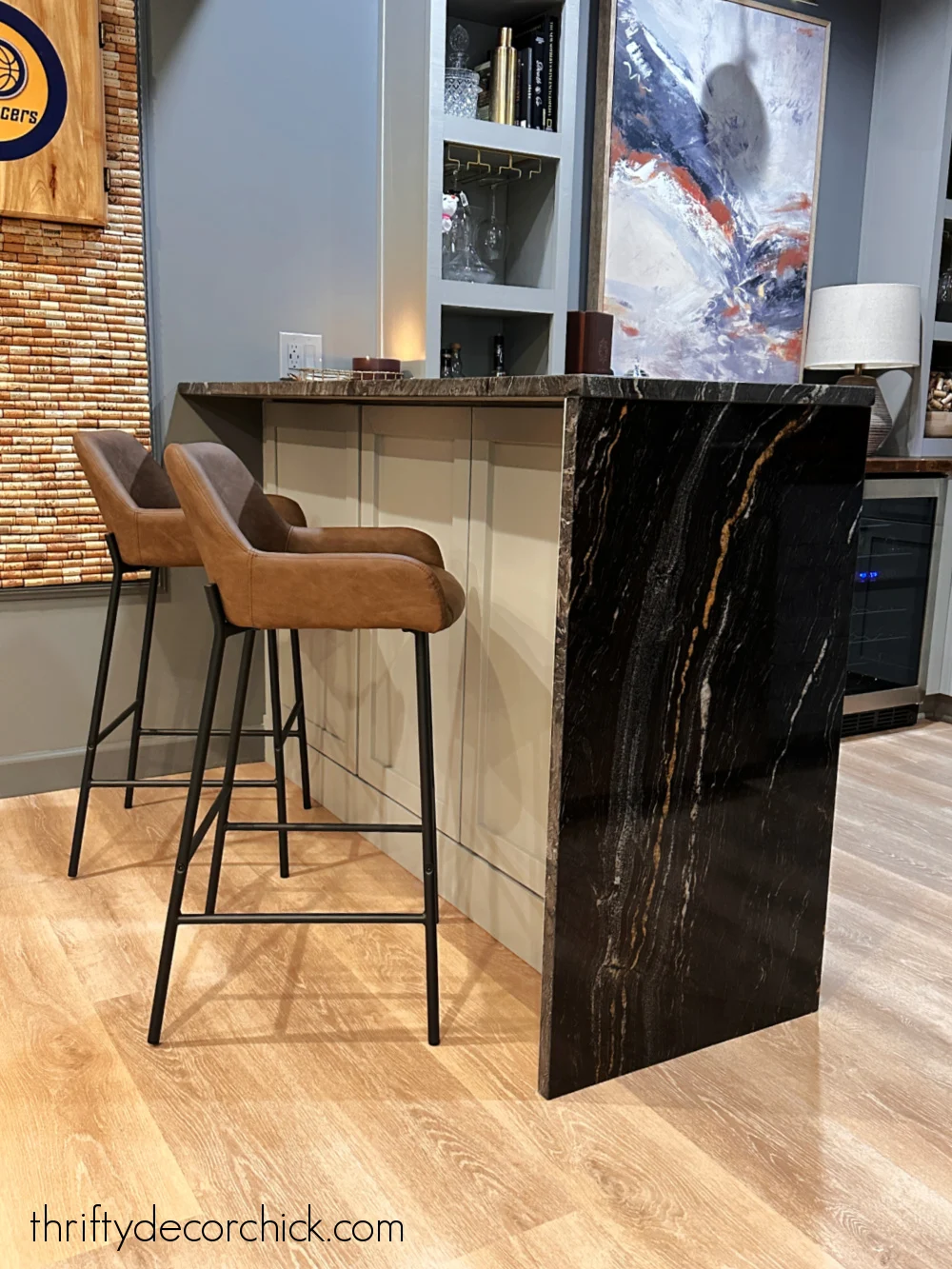
This tutorial will take you step-by-step through our basement bar build made
with wall cabinets as the base.
I’m so excited to share this DIY bar project with you! I had this in my head
for years, and I finally finished it up recently. There’s even a secret
door. 😉
I knew I wanted to use that space in the corner against the wall, so that
would need a 24 inch wide cabinet (because the existing base cabinets are 24
inches deep).
The final plan I decided on was three cabinets — two 24 inch cabinets and
one 21 inch one. In hindsight, we could have just done three 24 inchers, but
I didn’t want the entrance to this space to be too tight.
Make sure to account for the countertop and/or any decorative end pieces
that will add a bit of length to the end of your bar as well.
2. Decide on the cabinets for your bar.
When deciding on your base cabinets for this project, you’ll need to decide
if you want a counter height bar (like an island), or a traditional, higher
bar height.
Counter height is typically between 34 to 36 inches tall and bar height is
around 40 to 42 inches high.
We wanted our bar to be higher for bar stools, so I needed to either build
bases at that height or buy them. I knew this build was going to be a lot of
work, so I went the slightly easier route and ordered cabinets.
The problem is, base cabinets only come in a few heights, and store bought
versions are usually 34.5 inches tall. So, I went with my go-to for all of
my built ins and bookcases…upper cabinets!
Wall cabinets aren’t as deep as base cabinets (only 12 inches front to
back), but that was going to be plenty for our needs.
3. Secure your cabinets into the floor.
When installing upper cabinets into a floor, you’ll first need a base to
raise it off the ground a bit, to create a toe kick. This also makes wall
cabinets look less…wall cabinets.
I do this by building a wood base in the height that I need:
DIY bookcases
as well. You can either attach them to the bottom of the wall cabinets or
build long base that can be attached to the floor and/or walls, and then
install the cabinets on top.
For this part, we used 2x4s and I got help attaching the base to the cement
floor in our basement. You need a powder actuated hammer tool to secure wood
into the cement, so I had the professionals do that.
After the base was secure, I was able to install the cabinets into it with
screws:
I marked where the 2x4s were underneath and screwed through the bottom of
the cabinets to attach the cabinets.
I ended up changing the spacing just a bit as I was installing, so the end
cabinet ended up hanging over the 2x4s just a bit. I knew I’d be covering
that anyway:
Next up, we had the flooring extended a few feet to meet up with a doorway
nearby. It looked SO much better and made this room feel much bigger:
4. Add trim and baseboards.
You may have noticed that the end cabinet (closest to the wall) is installed
facing the opposite way from the others.
I like to utilize empty space if I can. I hate wasting potential
storage and I knew I could make this look cohesive and create a “secret”
door in the process.
My first step was to cover the backs of the other two cabinets (the ones
facing into the kitchenette) with thin plywood:
I took these boards all the way down to the floor and to the end of the bar
as well.
When I installed the cabinets, I placed the one closest to the wall
forward by 1/4 inch so it would be flush with the plywood on the rest of
the bar.
Flathead screws work best for this, because they can be sunk into the wood
and then filled:
favorite wood filler
and then in between the boards as well, so it looked like one large board.
(I was using up some scrap, otherwise you could have one piece cut to the
size you need.) Make sure to let the filler dry completely and then do a
light sanding.
After that was dry and smooth I started painting. I had the cabinets color
matched at Sherwin-Williams by taking a door into the store.
Because I wanted to match the super smooth finish of the store bought
cabinets, I did a good sanding after each coat of paint:
I also did more coats than usual, to really fill in that texture on the
plywood.
plywood went to the floor, I just nailed them on top. I used
these primed 1×6 inch boards
as the base:
With everything painted, it was time to figure out how to make that existing
cabinet door look seamless with the rest of the bar front.
To do this, I grabbed some MDF boards in the same size as the trim around
the cabinet front (2.5 inches wide). I created the look of two more cabinet
doors by adding these panels…it worked beautifully!:
You really have to get up close to figure out where the real cabinet
door is! I love it.
I’m so pleased with how this secret door turned out. It’s a fun little
addition:
cut and installed butcher block
for the rest of this kitchen, but wanted something different for the
island.
I went to a stone warehouse with a specific look in mind, and couldn’t
believe it when I found exactly what was in my head!
I loved this black granite with the gold and white veining throughout:
This particular stone is called Orinoco granite.
I really wanted a waterfall look, where the countertop continues onto the
side of the end cabinet. To save a little bit of money, they did this look
by cutting the granite so that the top extended over like a regular counter,
and the piece on the side was cut so that the movement of the granite
continues seamlessly:
This was easier than the perfect mitered cut needed for a traditional
waterfall counter. It turned out beautiful!

